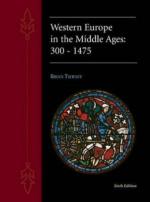|
This section contains 2,665 words (approx. 9 pages at 300 words per page) |

|
From Dance to Art Music.
Soon after its development, the new polyphonic technique was employed by composers to set non-religious songs, applying it to the different regional types that already existed as monophonic forms. Secular songs stemmed mostly from music intended for dancing, and, in their monophonic format, retained many of the characteristics of dance music, including regular rhythmic patterns and simple melodies with regular phrases. Once polyphony was adopted for this repertory, however, its relationship to dance became increasingly distant. Polyphony, with its potential for complex interrelationships among the parts, tempted the composers to experiment with refinements and sophistications on all levels. The result was a growing body of art music that set traditional poetic text forms, but was technically much more demanding than its monophonic predecessors. By the late fourteenth century the polyphonic secular repertory had...
|
This section contains 2,665 words (approx. 9 pages at 300 words per page) |

|




